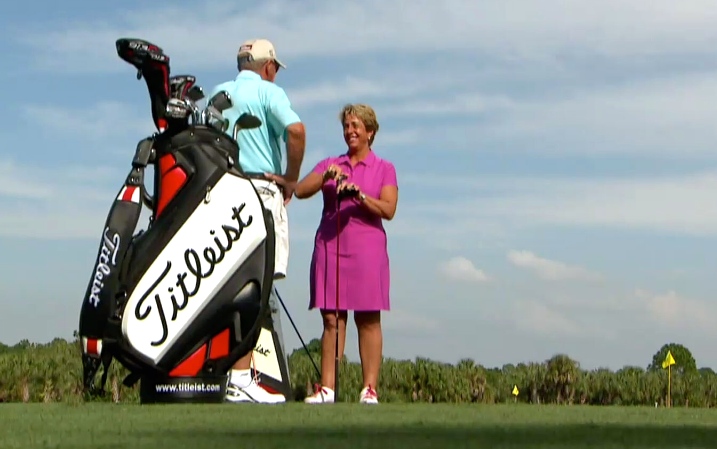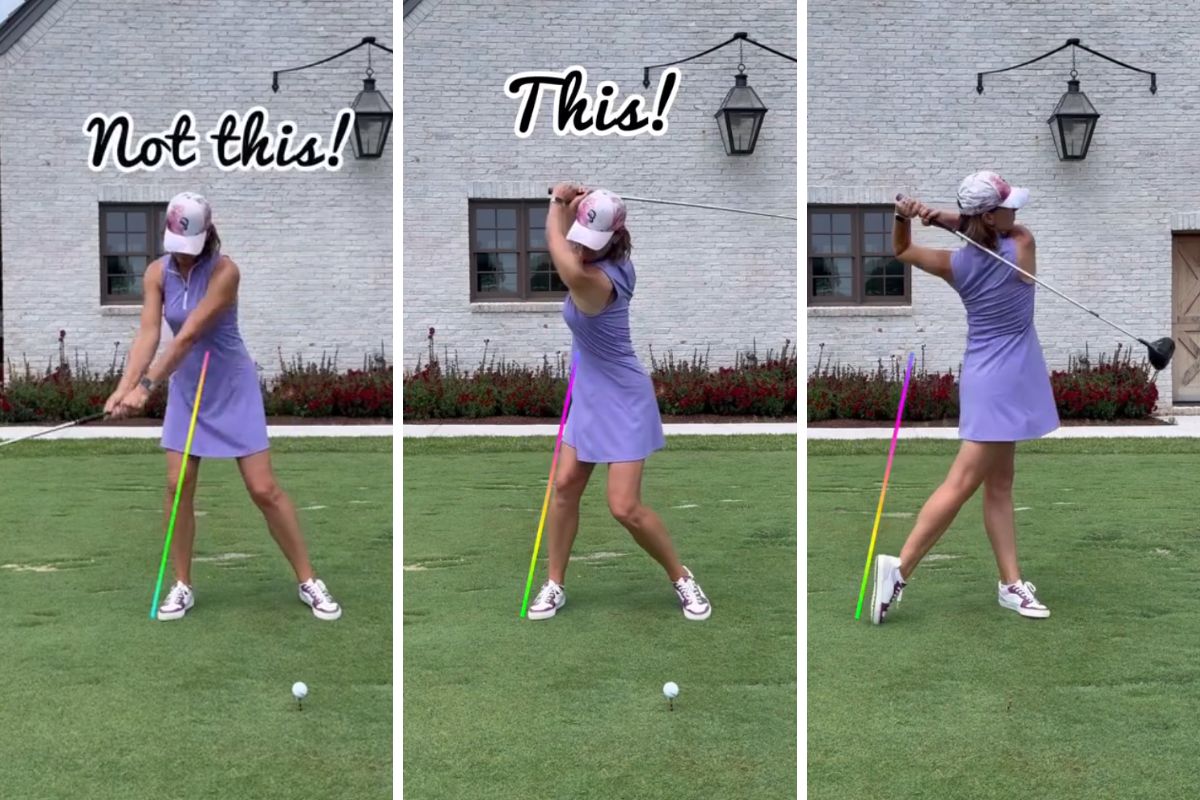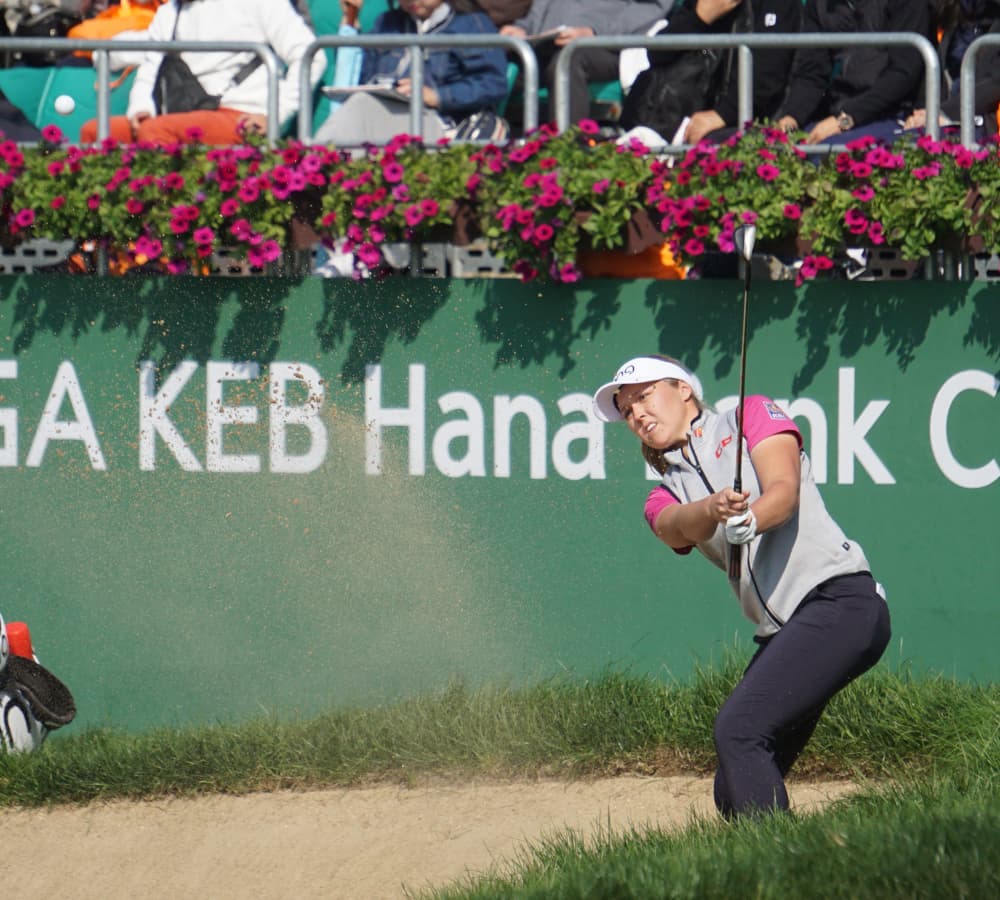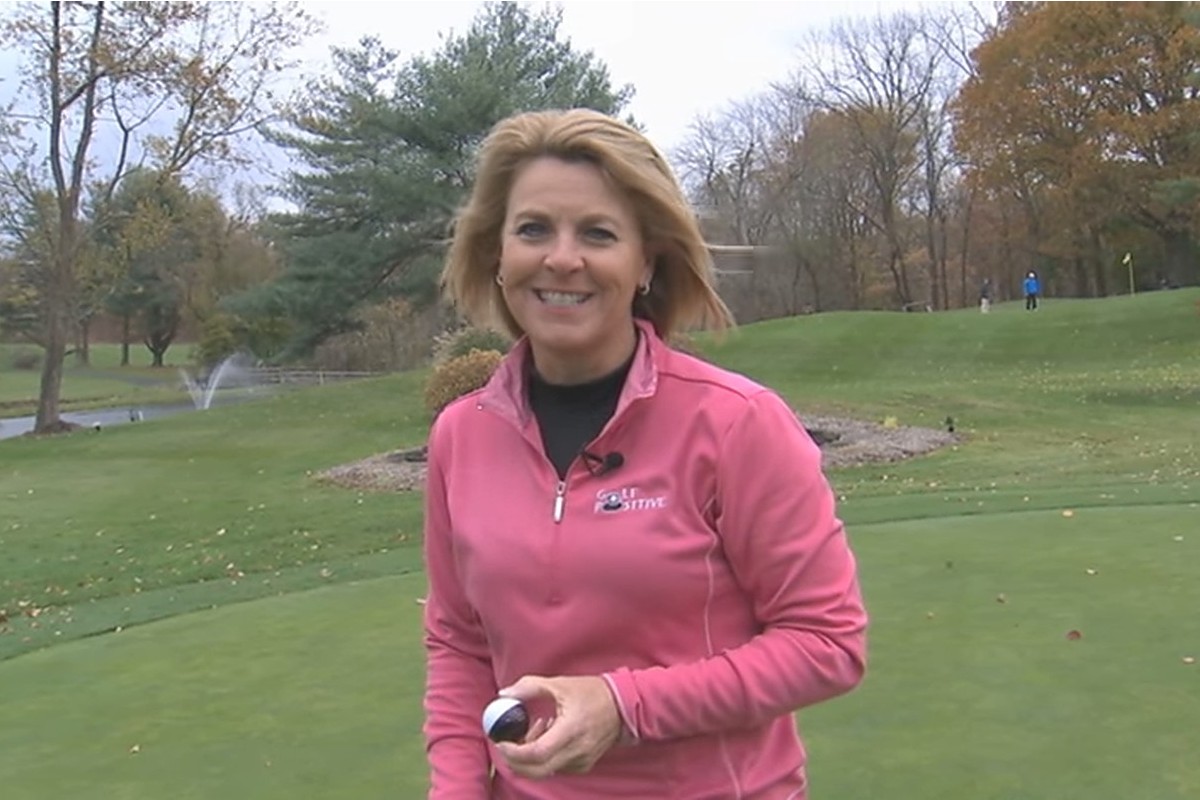As a golf instructor, I am continually challenged to recognize the physical, psychological, and social differences that each player of the game brings to the lesson tee. Every individual is unique. Among the many variables that determine “uniqueness” are those of sensory dominance. The dominant sense of me as the instructor and you as the student is a major factor in what can determine compatibility in the instructional process. If I can communicate to you in your dominant sensory mode, it will vastly accelerate your learning.
People have 5 senses. They are sight (visual), sound (auditory), touch (kinesthetic), smell (olfactory), and taste (gustatory). Nearly all golfers learn and play golf in their visual, auditory, or kinesthetic modes. You will specialize in your learning first in one mode, and overlap to a second mode.
A learning style is the cognitive mode of a learner. It is the person’s preferred technique in approaching learning. It is the way a person processes information; the way a person’s sensory, perceptual, memorial, decision-making, and feedback mechanisms operate. This “way” is influenced by the learner’s motivation, previous training, readiness, age, and ability to process information. All learning follows a model. The goal of learning golf is to automate skill so attention can be focused on performance.
If you know yourself and if your instructor can identify the way that you are internally organized and instruct you in this mode, you both will be richly rewarded. Understand yourself, connect with an instructor who honors your learning style, and learn this wonderful game we all love effectively and effortlessly.
VISUAL LEARNERS/TENDENCIES
(images in pictures)
- values reflective observation
- likes to dress neatly and brightly
- talks with predicates such as “see, view, look, appears, clear, foggy, focused”
- talks fast
- breathes high in the chest
- shifts eyes upward to retrieve and sort information
- relates best to instruction which allows them to “see how it should be done”
- demonstration, mirroring, viewing pictures, video is most effective
- teaching aids, props, grid lines helpful to visual learner
- likes to see exactly how it is supposed to work
- likes a “pretty” golf swing
- golf swing tends to be angular
- putting stroke is straight back and straight through
SUMMARY: They can “see” how it is supposed to be done. They are able to lock onto a specific target. They process information quickly and are best when they are brisk and efficient. They learn best with pictures and need to be presented information quickly or they become bored.
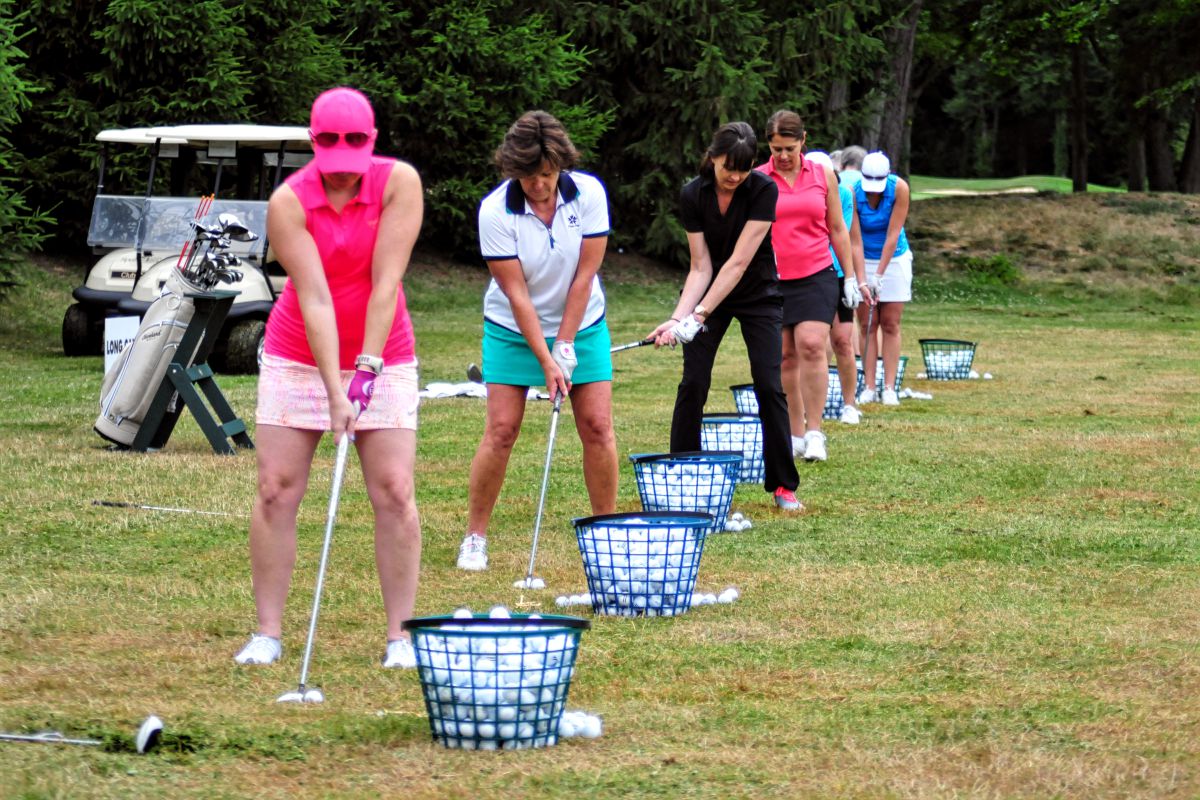
AUDITORY LEARNERS/TENDENCIES
(images in sound and rhythmic movement)
- values concrete experience and is constantly active
- talks somewhat slower than visually dominant individuals, often with a distinct rhythm
- often walk and move with a distinctive cadence
- talks with predicates such as hear, listen, sounds like, rings a bell
- breathes in mid-chest
- shifts eyes laterally left and right to sort information
- usually good listeners
- descriptions will help form an internal representation of how it is supposed to be done
- motor functions learned best through rhythm, cadence, and balance
- likes to see the whole movement instead of many parts
- tends to have a long, flowing golf swing
- likes clubs that sound good and feel balanced
- golf swing tends to be rounded
- putting stroke may be curved
SUMMARY: They need precise instructions and literal directions. They need to maintain a sense of rhythm and motion throughout the processing and execution of the swing. They learn sequentially and need to be provided with information beginning at the beginning and staying on track until the end. They do best with general targets and by achieving a good balance. They feel their swing in their feet. Soothing, nurturing voices are helpful.
KINESTHETIC LEARNERS/TENDENCIES
(images in physical feelings)
- values active experimentation
- learns by doing and evaluating along the way
- does not like to get analytical
- talks slowly, carefully choosing their words
- dresses comfortably, choosing to feel good in their clothes first and foremost
- moves slowly and casually
- talks in terms of feel, touch, contact, hard, soft, hold
- breathes into their stomach
- shifts eyes laterally and down to sort information
- must “feel” how it is supposed to work
- demonstrations or video not very effective
- learns best by going slow and by positions
- likes to take divots and hit punch shots
- grip type and texture is an important issue
- may like a heavy putter
- golf swing tends to be jerky
- putting stroke tends to be a “pop”
SUMMARY: They need to “feel” how it is supposed to be done. They need to be grounded and process their shot slowly until it feels correct. They perform best when they are able to indulge their sense of touch. They learn best through the use of drills and by holding key positions of the swing. They do best by going slowly and learning one chunk at a time.
As a golfer, have you experienced any “aha’s” after reading these descriptions? Although each person has a dominant learning style, and since each style is connected to the others, a mixture of all of these styles exists in each of us. It is the priority order or balance of the styles that exists within us that makes each learner unique.
Your challenge as a golfer? Know yourself! My challenge as a teacher? Understand your learning style and be communicate in this mode to match. If we both are successful in doing this, we will both be successful and effective in golf. Know thyself and be your own best coach!
Choose to have fun. Fun creates enjoyment. Enjoyment invites participation. Participation focuses attention. Attention expands awareness. Awareness promotes insight. Insight generates knowledge. Knowledge facilitates action. Action yields results.
Oswald B. Shallow

